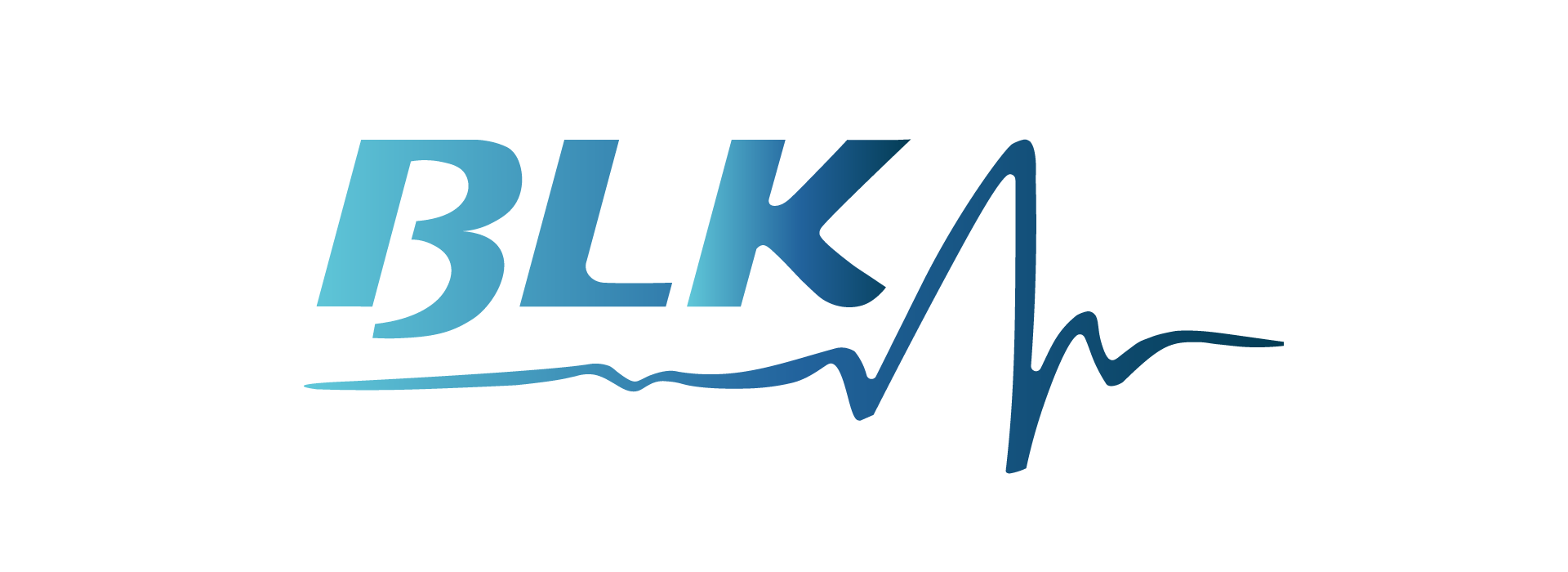Medical travel assistance is a crucial service for individuals seeking healthcare abroad. Whether it’s elective surgery, specialized treatment, or emergency medical care, travelers rely on seamless coordination to ensure a smooth experience. However, during peak seasons, the demand for these services surges, putting immense pressure on providers.
Preparing for the high season in medical travel assistance requires strategic planning, operational efficiency, and customer-centric approaches. From strengthening partnerships with hospitals to managing unexpected emergencies, businesses must be ready to handle the increased workload effectively. In this article, we’ll explore practical steps to prepare for peak periods and deliver outstanding service.
Understanding the High Season in Medical Travel Assistance
The high season in medical travel assistance refers to periods when the demand for healthcare-related travel increases significantly. These peak periods vary depending on factors such as:
- Summer and holiday seasons: Many people schedule elective procedures during vacation time.
- Global health trends: Pandemics, flu outbreaks, or new treatment advancements can drive demand.
- Economic conditions: Changes in medical costs or insurance policies in certain countries may push patients to seek care abroad.
Understanding these seasonal trends is vital for service providers to anticipate demand and allocate resources accordingly.
Assessing Past Performance and Demand Trends
Before diving into preparations, it’s crucial to analyze past data and identify trends. By reviewing previous high-season performance, you can:
- Recognize peak demand periods and adjust staffing accordingly.
- Identify recurring challenges, such as delays in coordination or patient dissatisfaction.
- Forecast future demand using historical data and industry reports.
By leveraging this data, businesses can make informed decisions to enhance efficiency during the high season.
Strengthening Your Medical Travel Network
A strong network is the backbone of successful medical travel assistance. To prepare for the high season:
- Partner with top hospitals and clinics: Establish agreements to prioritize your patients.
- Build relationships with airlines and hotels: Secure special rates for medical travelers.
- Collaborate with insurance companies: Ensure seamless claim processing and coverage verification.
Having a well-established network ensures smooth operations even during peak times.
Enhancing Operational Efficiency
Efficiency is key when handling a surge in patients. Optimize your operations by:
- Implementing an automated booking and scheduling system to reduce manual work.
- Using case management software to track patient progress in real-time.
- Establishing multichannel communication (email, chat, phone) for quicker responses.
These improvements help minimize delays, improve coordination, and enhance patient satisfaction.
Expanding and Training Your Team
With increased demand, a skilled and well-prepared team is essential. Steps to take include:
- Hiring temporary staff: Additional coordinators, translators, and case managers.
- Providing intensive training: Focus on crisis management, medical ethics, and customer service.
- Preparing multilingual support: Essential for catering to international patients.
A competent team ensures a smooth experience for both patients and healthcare providers.
Implementing Contingency Plans
Despite meticulous planning, unexpected situations can arise. Key contingency measures include:
- Backup partnerships with multiple hospitals to handle overflow cases.
- Emergency response protocols for critical medical situations.
- Alternative travel arrangements in case of cancellations or delays.
Having contingency plans in place ensures that patients receive uninterrupted assistance, even during crises.
Improving Customer Experience and Satisfaction
A seamless patient experience sets you apart from competitors. Enhance customer satisfaction by:
- Providing 24/7 support for medical travelers.
- Offering personalized assistance, including cultural and dietary accommodations.
- Conducting follow-up check-ins post-treatment to ensure well-being.
Satisfied patients are more likely to recommend your services and return in the future.
Strengthening Compliance and Safety Measures
Ensuring compliance with medical travel regulations is critical. Steps to take include:
- Keeping up-to-date with international healthcare policies and standards.
- Implementing strict patient data protection under GDPR or HIPAA regulations.
- Conducting regular quality assessments of partner facilities.
Compliance ensures credibility and builds trust among patients and stakeholders.
Financial Planning and Budgeting for High Season
Managing finances effectively during the high season is essential to maintain profitability and service quality. Key financial planning strategies include:
- Setting a flexible budget: Allocate additional funds for staffing, technology upgrades, and contingency plans.
- Managing cash flow efficiently: Ensure timely payments from insurance providers and patients to avoid financial bottlenecks.
- Adjusting pricing strategies: Offer competitive packages while maintaining profitability.
- Planning for emergency expenses: Unexpected situations, such as patient complications or travel cancellations, may require additional resources.
Proper financial planning ensures a smooth operation without unnecessary financial strain.
Handling Legal and Ethical Considerations
Medical travel assistance comes with legal and ethical responsibilities. To navigate these challenges:
- Ensure transparency in pricing, medical procedures, and risks.
- Secure proper patient consent before proceeding with any medical arrangements.
- Maintain patient confidentiality by complying with data protection regulations.
- Avoid unethical practices such as misleading advertising or illegal organ transplantation.
Upholding legal and ethical standards strengthens your company’s reputation and builds trust with clients.
Conclusion
Preparing for the high season in medical travel assistance requires a combination of strategic planning, operational efficiency, and a patient-centric approach. By analyzing past trends, strengthening partnerships, leveraging technology, and ensuring compliance, providers can handle peak periods smoothly.
A well-prepared company can turn high demand into an opportunity for growth, ensuring patient satisfaction while maintaining operational excellence. Implement these strategies to stay ahead of the competition and deliver outstanding medical travel services during peak seasons.
FAQs
What are the busiest times for medical travel assistance?
Peak seasons vary but generally include summer months, holiday periods, and times of global healthcare advancements or economic shifts that influence medical tourism.
What are common challenges faced during the high season?
Challenges include increased patient volume, logistical delays, staffing shortages, and handling emergency medical situations effectively.
How can a company ensure a seamless patient experience during peak seasons?
Providing 24/7 multilingual support, improving case management, streamlining bookings, and ensuring effective communication are key to a seamless experience.




